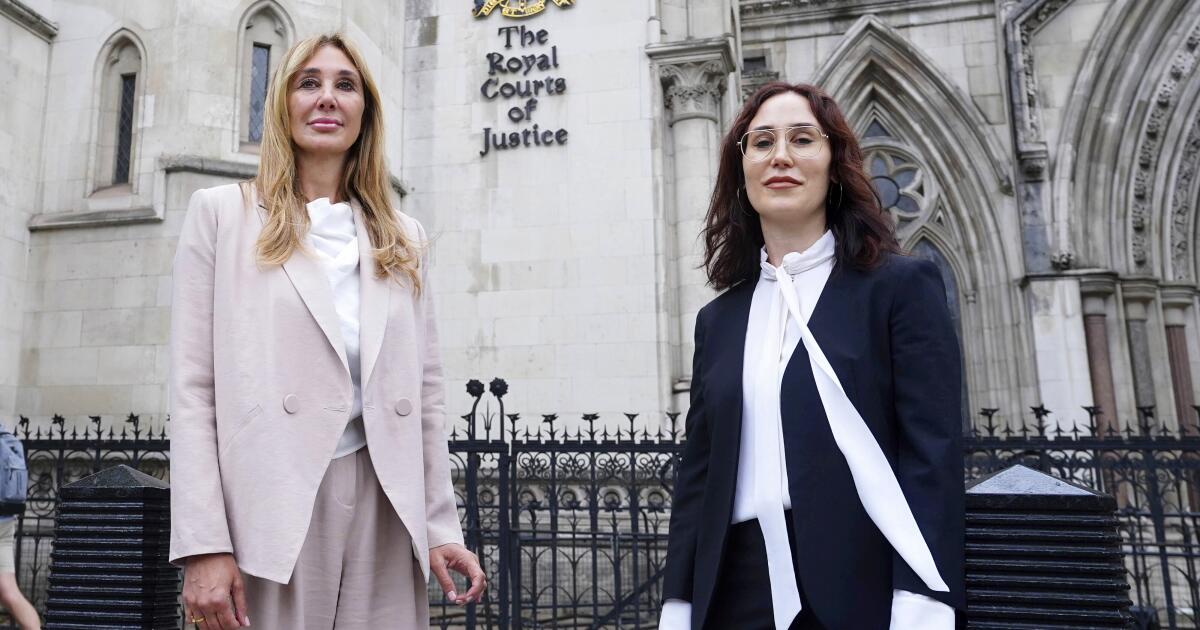The US Drug Enforcement Administration plans to reclassify marijuana from the most restrictive category (Schedule I, along with heroin) to Schedule III, along with testosterone and Tylenol with codeine. This does not mean that the federal government is giving its blessing to the use of cannabis as a recreational drug. But it does recognize that there are medicinal uses for marijuana and fewer chances of its abuse than highly addictive drugs.
The classification change would be an important step in clearing up myths about cannabis. “Reefer Madness,” a 1936 film intended to discourage teenagers from trying marijuana, made such outlandish danger claims that they have been mocked for more than half a century. At the same time, cannabis fans describe the drug as absolutely gentle, totally safe and almost a panacea.
What we know so far is that neither extreme is right. The limited studies done so far indicate that marijuana can help with certain conditions., such as epileptic seizures and nausea from chemotherapy. In fact, the US Food and Drug Administration has approved cannabinoid medications, although their use is highly restricted. Cannabis does not appear to be effective against glaucoma or inflammatory bowel disease, two other claims made in its favor.
We also know that hospitals have seen significant increases in emergency room visits related to marijuana use, including psychosis.
Why are there still so many unknowns instead of established facts about a drug that has been widely used medicinally and recreationally for years? Because very few studies have been carried out and often under conditions that are too restrictive. The medical world needs to know much more. What forms of use are safest and most effective? What drugs could interact badly with marijuana? How much is safe? How often? At what dose? With what cannabis varieties? What other ailments could be effectively treated with cannabinoids?
It's ridiculous that we're lacking answers, especially considering that 24 states (including California) plus the District of Columbia have legalized marijuana for adult recreational use, while 14 more have approved it for medicinal use. Our ignorance is the DEA's fault. Conducting medical trials with a Schedule I drug poses too many obstacles for many researchers. Additionally, the DEA has limited the investigation to a small set of highly weakened cannabis products, most of them from a single source, while dispensaries sell about 700 varieties.
Classification as a Schedule I substance gave marijuana a mystique, an aura of danger, that led to a rebellious acceptance of it by people who experienced no immediate signs of trouble, but who also did not and still do not know what It is safe. and effective even as a recreational drug, or its long-term ramifications. It's time for this nonsense to end.
Marijuana is just a drug, like any other drug that has some psychotropic effects. Solid research is necessary to determine your Valid uses, appropriate doses and side effects. If rescheduling occurs, the National Institutes of Health should fund more research and give scientists more flexibility to conduct large-scale trials.
At the same time, the federal government should work to fix the patchwork of laws that conflict with each other and with federal policy. Right now, people cannot use marijuana (unless it is one of the FDA-approved products) across state lines, even if the drug is legal in both states. It cannot be taken on a plane or in a national park, even when the park is in a state where marijuana is completely legal. And federal employees and contractors are prohibited from using marijuana, although it is completely legal in the District of Columbia.
The federal government's decision to treat marijuana like heroin, while many states have chosen to treat it like alcohol, has created a tangle of uncertain laws and research. Reclassifying marijuana as a Schedule III drug gives it a chance to fix the problem.












